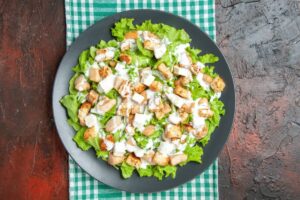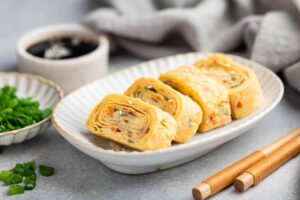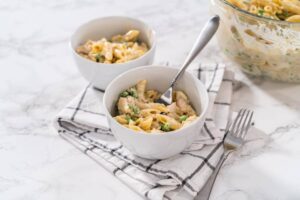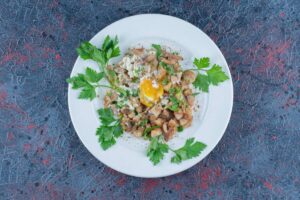The Food & Recipes Blog
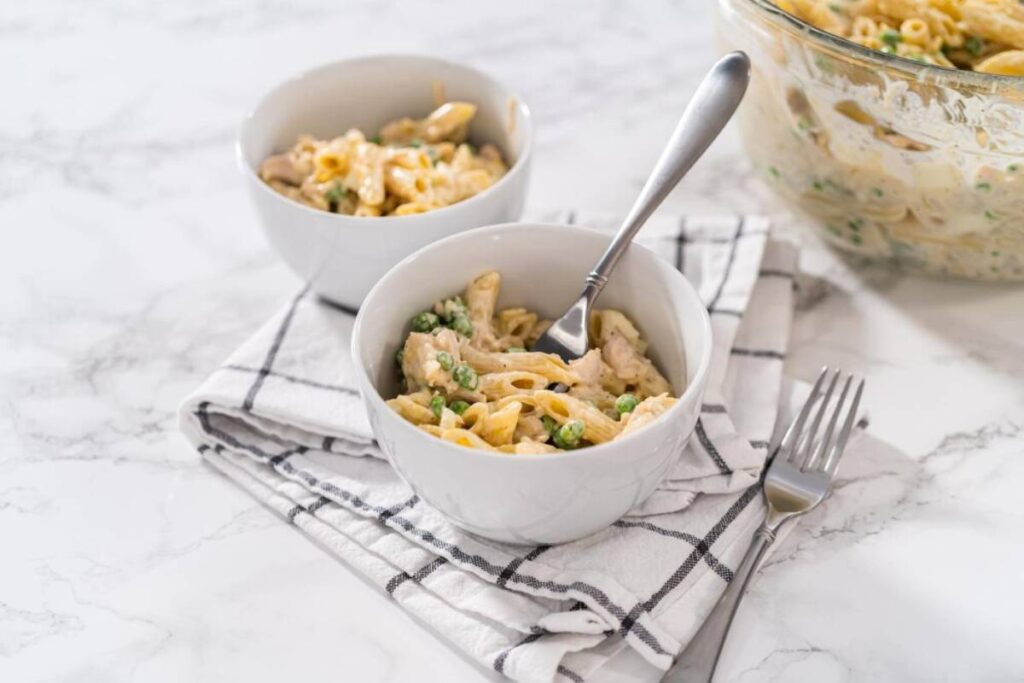
Speedy One-Pot Pasta for Busy Weeknights
When time is short and hunger is high, few dishes offer the comfort, speed, and simplicity of a one-pot pasta. With just one pan, a few fresh ingredients, and around 20 minutes of your evening, you can serve up a satisfying, flavour-packed meal—no draining, no fuss, and barely any washing up.
Ideal for midweek evenings or those “nothing in the fridge” moments, this easy pasta is designed to be customisable, wholesome, and endlessly delicious. And since the pasta cooks in the same pot as the sauce, you save on time and amplify the flavour. It’s the definition of a fast dinner with a smart twist.
Why One-Pot Pasta is a Game-Changer
We all love a bowl of pasta, but few of us love the clean-up. Enter the one-pot pasta, which brings everything together in one pan for maximum efficiency and minimal effort.
Here’s why it works:
- Flavour-packed: Starch from the pasta naturally thickens the sauce.
- Quick and easy: Dinner in under 30 minutes with hardly any prep.
- Fewer dishes: No need for multiple pots, colanders, or mixing bowls.
- Customisable: Use whatever vegetables or protein you’ve got on hand.
- Balanced and filling: Add veg and lean protein to create a well-rounded, healthy noodle dish.
Whether you’re cooking for one or feeding the whole family, this is a stress-free dinner solution you’ll return to again and again.
Expert Tips to Nail Your One-Pot Pasta Every Time
Mastering one-pot pasta is easy once you know a few essential tricks. Here are some tried-and-true methods to get it just right every time.
Pick the Right Pasta

Short shapes like penne, fusilli, rigatoni, or farfalle are ideal for one-pot cooking. They hold their shape well and have enough surface area to absorb sauce. Long pasta like spaghetti or linguine can work too, but you’ll need to stir more often to prevent clumping.
Use Just Enough Liquid
This is where many go wrong. Because there’s no draining involved, you only need enough liquid to cook the pasta and leave behind a silky sauce. As a general rule, use about twice the volume of liquid to pasta. Start low—you can always add more as it simmers.
Layer Flavours as You Go
Start by sautéing aromatics like garlic, onions, or leeks in olive oil. This builds the flavour base. Then add your vegetables and proteins, followed by pasta and liquid. As it all simmers together, the ingredients meld into a richly flavoured, cohesive dish.
Add Greens at the End
Delicate greens like spinach, rocket, or kale should go in last. Stir them in just before serving so they wilt gently without losing their colour or texture.
Common Mistakes (and How to Avoid Them)
Even though one-pot pasta is beginner-friendly, there are a few missteps to watch out for.
Too Much Liquid
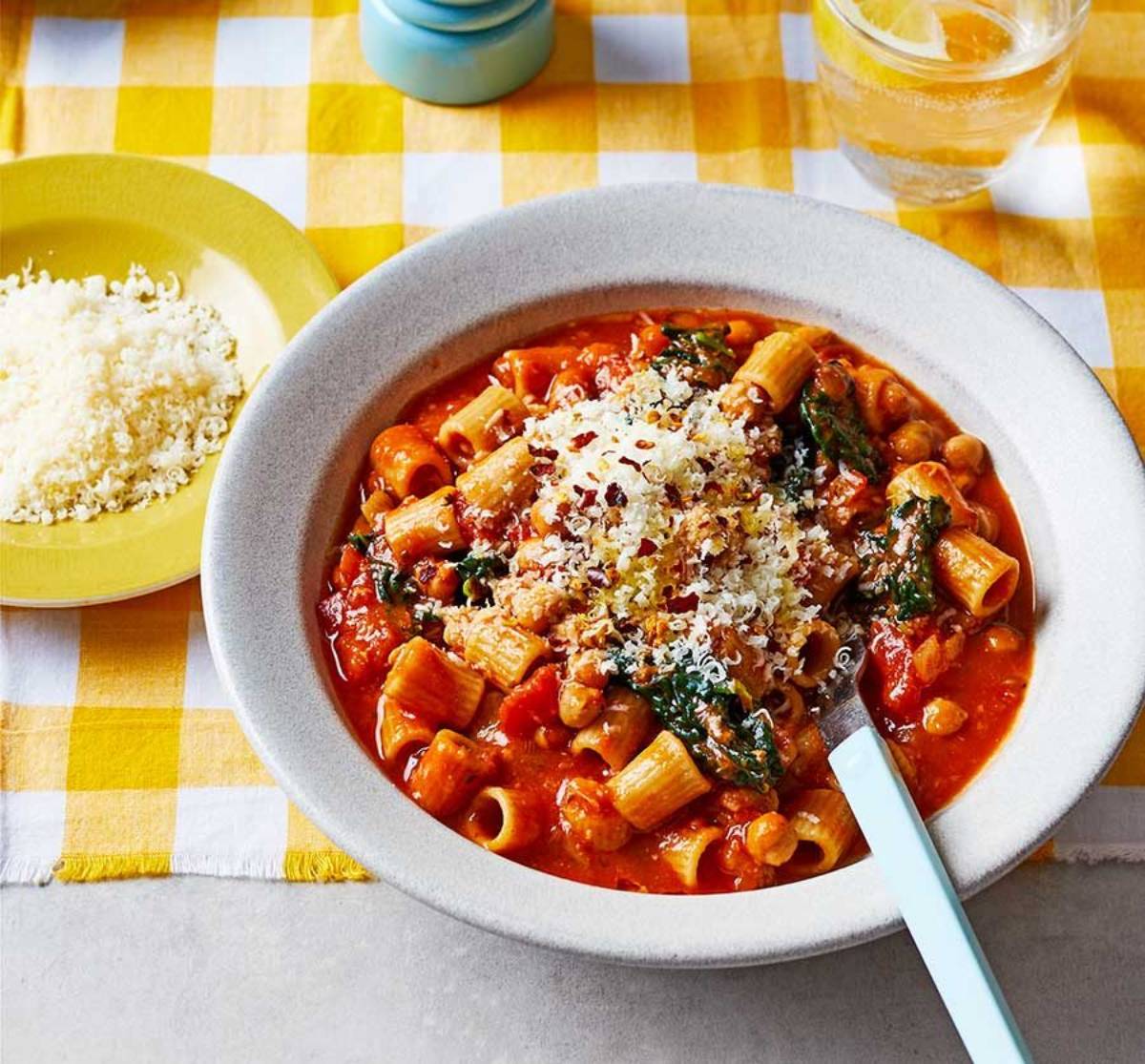
More liquid means soupy pasta—and not in a good way. Resist the urge to overpour. Stick to the recommended amount and add more only if the pasta starts to stick before it’s fully cooked.
Overcooking the Pasta
Remember, your pasta continues to cook even after the heat is off. Aim to turn off the stove when your noodles are just a little firmer than al dente. Let it rest for a couple of minutes, and it’ll finish cooking perfectly in the residual heat.
Bland Dishes
Because you’re not draining water, you won’t be seasoning a pot of boiling water like you would traditionally. That means all the seasoning has to go in while it cooks. Salt early, taste often, and finish with fresh herbs or cheese for maximum impact.
Boosting Nutrition Without Losing Flavour
The beauty of one-pot pasta is how easy it is to make it both tasty and nutritious.
Add Plant-Based Protein
Legumes like lentils or chickpeas are excellent in these recipes. They hold up well during cooking and add protein, fibre, and texture. You can also use tofu, tempeh, or vegan sausage for variety.
Blend in Hidden Veg
Try pureeing cooked squash, cauliflower, or carrots into your sauce for added nutrients and a smooth, creamy texture. It’s a great way to sneak in veg for picky eaters, too.
Use Broth Instead of Water
Cooking your pasta in vegetable or chicken broth instead of water adds instant flavour depth. It’s a small change that makes a big difference.
Why It’s a Healthy Choice
This recipe isn’t just quick—it’s packed with nutritional benefits:
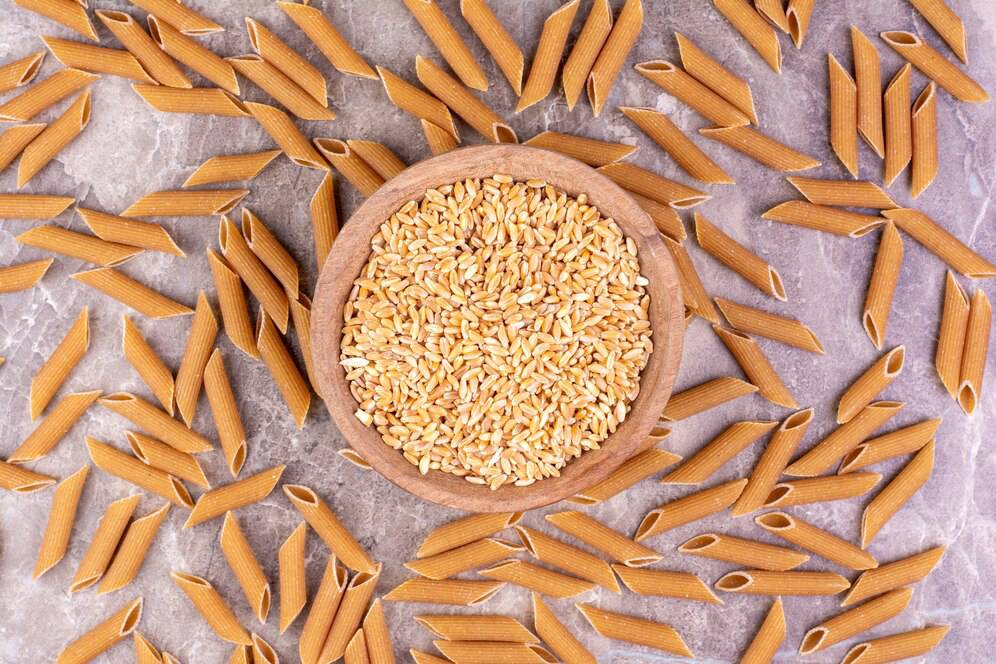
- Wholegrains (if using wholewheat pasta): More fibre and longer-lasting energy.
- Vegetables: Antioxidants, fibre, vitamins, and vibrant colour.
- Olive oil: Heart-healthy fats in a small, flavourful dose.
- Minimal processed ingredients: Especially if you skip the cream and cheese.
- Plant-based or lean protein options: This makes it suitable for various dietary needs.
In short, it’s a fantastic example of how healthy noodles don’t have to be boring or complicated.
Customisation Ideas
- Creamy version: Stir through a tablespoon of light cream cheese or coconut cream at the end.
- Spicy kick: Add chilli flakes or a splash of hot sauce for heat.
- Pesto pasta: Stir through a spoonful of pesto instead of herbs for a flavour twist.
- Tomato base: Add a spoonful of tomato purée or passata for a richer, saucier result.
- Cheesy delight: Mix in grated mozzarella for a melty, indulgent finish.
The core formula is flexible enough to suit any taste or dietary preference, making it a fantastic go-to for fast dinner inspiration.
Make-Ahead and Leftovers
- Meal prep friendly: This pasta holds up well in the fridge for up to 3 days.
- Reheat gently: Add a splash of water or broth before reheating to loosen the sauce.
- Great for lunchboxes: Pack into containers with a handful of fresh greens for a midday boost.
- Batch cooking tip: Double the quantities and freeze one portion for a future no-effort meal.
Common Mistakes to Avoid
- Using too little liquid: Your pasta needs room to expand—always check halfway through.
- Skipping stirring: One-pot doesn’t mean no-stir—keep it moving to prevent sticking.
- Adding cheese too early: It may clump or burn—save it for the end.
- Overcooking: Stop when the pasta is just al dente—residual heat will finish the job.
Family-Friendly and Kid-Approved
This recipe is mild, visually appealing, and easy to adapt for picky eaters:
- Use smaller pasta shapes like shells or mini penne
- Stick to your favourite vegetables like peas, carrots, or sweetcorn
- Stir in a little grated cheese for familiarity
- Add a splash of tomato ketchup or a dash of cream to sweeten the sauce subtly
This dish is a winner for time-pressed parents who still want to serve healthy noodles that kids will happily eat.
Conclusion: One Pot, Plenty of Possibilities
One-pot pasta is proof that simple food can still be deeply satisfying. Whether you’re coming home late, juggling a busy family evening, or just don’t want to think too hard about dinner, this recipe delivers warmth, ease, and deliciousness in every bite.
It’s comforting, cost-effective, and surprisingly nourishing—a true weeknight hero that makes fast dinner a pleasure, not a compromise.



